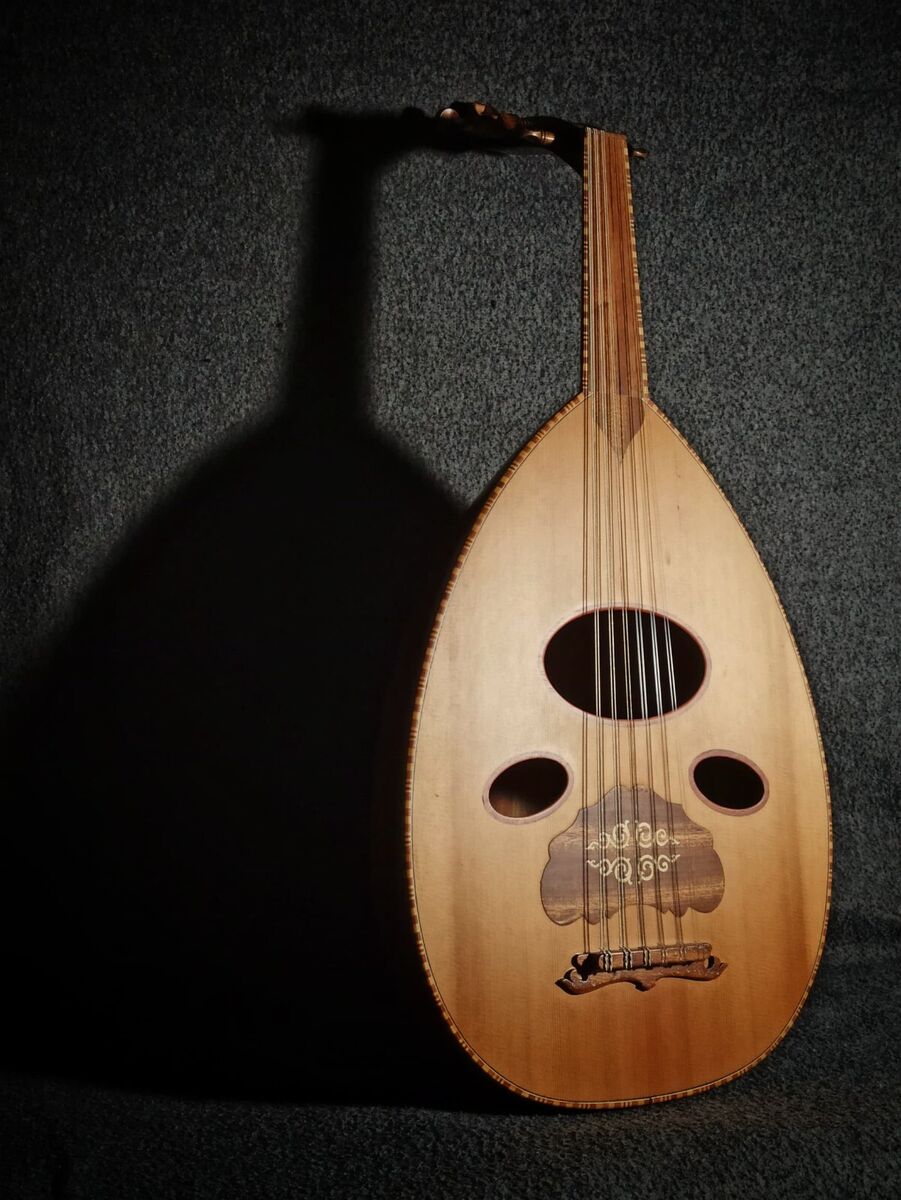Definition of Maqam Music
Maqam music, a cornerstone of Arabic musical traditions, is a modal system that forms the foundation of melodic composition and improvisation in Middle Eastern, North African, and Central Asian music. Unlike Western musical scales, which are structured with equal intervals, maqams are built on intricate scales with microtonal variations that add a distinctive richness and depth. Each maqam is characterized by a unique combination of intervals, melodic progression, and emotional tone, creating a system that is both precise and expressive.
At its core, the maqam system provides musicians with a framework for exploring specific melodic pathways while allowing flexibility for improvisation. This duality of structure and creativity makes maqam music not just a set of scales, but a profound cultural expression deeply embedded in the societies that practice it.
Historical Significance of Maqam Music
The origins of maqam music trace back thousands of years, with its roots firmly planted in the ancient civilizations of Mesopotamia and Persia. Over centuries, this musical system evolved, absorbing influences from Greek theory, Byzantine traditions, and indigenous Arabic practices. By the time of the Islamic Golden Age, maqam music had become a refined art form, nurtured in the courts of Baghdad, Damascus, and Cairo.
Historically, maqam music played a vital role in various aspects of life, from religious ceremonies and courtly entertainment to folk traditions and storytelling. Sufi mystics, for example, used maqams to evoke spiritual states in rituals known as “dhikr,” while professional musicians employed the system to compose poetry-inspired songs and improvisational performances.
Geographic Reach and Cultural Influence
Maqam music’s influence extends beyond the Arab world, resonating in the musical traditions of Turkey, Iran, Azerbaijan, and Central Asia. In Turkey, the maqam system is closely associated with “makam,” while in Iran, similar modal frameworks exist within Persian classical music as “dastgah.” This interconnectedness demonstrates how maqam music serves as a cultural bridge, blending regional styles while maintaining its core principles.
The Ottoman Empire’s cultural dominance further facilitated the spread of maqam music, embedding it into the traditions of the Balkans and Eastern Europe. Today, maqam music remains an essential element of both traditional and contemporary music in these regions, influencing genres as diverse as folk, classical, and even modern fusion.
The Role of Maqam in Arabic and Related Musical Cultures
Maqam music is more than a technical system; it is a living tradition that encapsulates the essence of Arabic musical heritage. In performance, maqams serve as the foundation for both composed and improvised pieces, offering musicians a shared language to communicate complex emotions and ideas.
- Improvisation: Taqasim, the art of maqam-based improvisation, allows performers to showcase their mastery while exploring the emotional depths of the maqam. Through improvisation, musicians can transition seamlessly between different maqams, creating a dynamic and engaging listening experience.
- Vocal Traditions: Arabic vocal music heavily relies on maqams, particularly in genres like “muwashahat” and “qasidah.” Singers use maqams to convey poetic lyrics with emotional nuance, often accompanied by traditional instruments such as the oud and qanun.
- Folk and Popular Music: Beyond classical forms, maqams permeate folk traditions and modern Arabic pop music. Their adaptability makes them a versatile framework for blending old and new, preserving cultural identity while embracing innovation.
Connection Between Maqam, Emotion, and Spirituality
One of the most profound aspects of maqam music is its ability to evoke specific emotions and spiritual states. Each maqam is associated with distinct moods and atmospheres, often tied to its intervallic structure and traditional usage. For example:
- Maqam Rast: Associated with strength, confidence, and stability, often used to open performances or express grandeur.
- Maqam Bayati: Evokes warmth and intimacy, commonly heard in love songs and folk traditions.
- Maqam Hijaz: Conveys mystery and longing, frequently used in spiritual or melancholic contexts.
In spiritual practices, maqam music serves as a medium for transcendence. Sufi orders, such as the Mevlevi dervishes, use maqam-based melodies in their rituals to guide practitioners toward heightened states of awareness and divine connection. Similarly, the call to prayer (adhan) often employs maqams to enhance its spiritual resonance, reflecting the intimate relationship between music and faith in Islamic culture.
Maqam music is a rich and multifaceted tradition that embodies the cultural, emotional, and spiritual essence of the Arab world and its neighbors. Its complex theoretical framework, historical depth, and expressive power make it a vital part of global musical heritage. Whether through the improvisational brilliance of a taqasim, the evocative storytelling of a vocalist, or the meditative atmosphere of a Sufi gathering, maqam music continues to inspire and connect people across generations and geographies.

